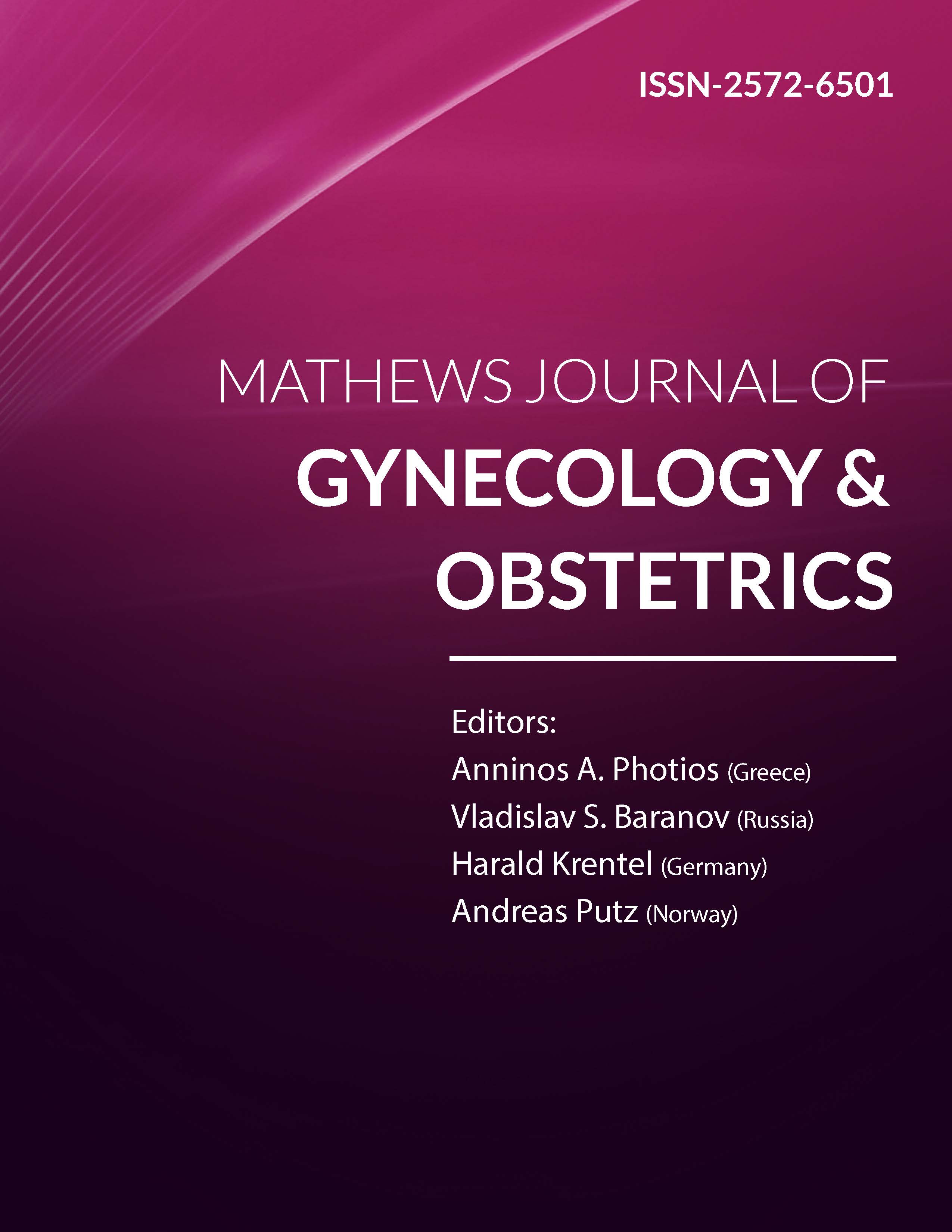
Information Links
Previous Issues Volume 3, Issue 1 - 2018
Structure-Based Design of TFF3-PAR2 Inhibitor Peptides as A Promising New Therapeutic Approach for Endometriosis Patients
Juliana Santana de Curcio1 , Raisa Melo Lima1 , Lucas Nojosa Oliveira1 , Marielle Garcia Silva1 , Andreia Marcelino Barbosa2 , Lívia do Carmo Silva1 , Thaynara Gonzaga Santos1 , Isabele Pereira Tannous1 , Kleber Santiago Freitas e Silva*1
1Biological Sciences Institute, Federal University of Goiás, Brazil.
2Replicon, Pontifical Catholic University of Goiás, Brazil.
Corresponding Author: Silva KSF, Biological Sciences Institute, Federal University of Goiás, Brazil, Tel: 5562 32820744; Email: [email protected]
Received Date: 09 Nov 2018
Accepted Date: 14 Dec 2018
Published Date: 18 Dec 2018
Copyright © 2018 Silva KSF
Citation: Silva KSF, Curcio JSD, Lima RM, Oliveira LN, et al. (2018). Structure-Based Design of TFF3-PAR2 Inhibitor Peptides as A Promising New Therapeutic Approach for Endometriosis Patients. M J Gyne. 3(1): 016.
ABSTRACT
Endometriosis features the presence of stroma and endometrial cells outside the uterine cavity, with a higher frequency within the pelvic compartment but may spread to other tissues and organs. Endometriosis may be detected in the ovaries, extensive adhesions obliterating the anterior or posterior cul-de-sacs, the broad ligament and uterosacral ligaments. Although endometriosis can be superficial, invading only the peritoneum, in some cases the disease can be invasive. This disease is driven by estrogen, affecting mainly reproductive age women between 25-35 years and decrease in women undergoing menopause due to the fact that the appearance of the lesions is dependent on hormones produced by the ovary. The treatment of this disease traditionally employs the use of hormones to alter its concentration in the patient causing a hypestrogenic state, being common the appearance of side effects. The endometriomas can be removed by laser or electrocautery when surgical methods do not work and the disease has progressed. Endometriosis is a multifactorial disease and its treatment most often involves the use of invasive methods, some strategies have been developed to improve the diagnosis and treatment of the disease. Here, we identified hot spot residues on the interface of interaction between TFF3 and PAR-2, both proteins related to inflammation and immune system. Moreover, TFF3 is known to be overexpressed in endometriosis and other diseases such as cancer. We designed structure-base peptides that intend to reduce the activity of TFF3 when this protein is overexpressed. We believe that inhibitor peptides could be a promising new approach of treatment for endometriosis in the future.
KEYWORDS
Endometriosis; TFF3; PAR-2; Polymorphism; Inhibitor Peptides.